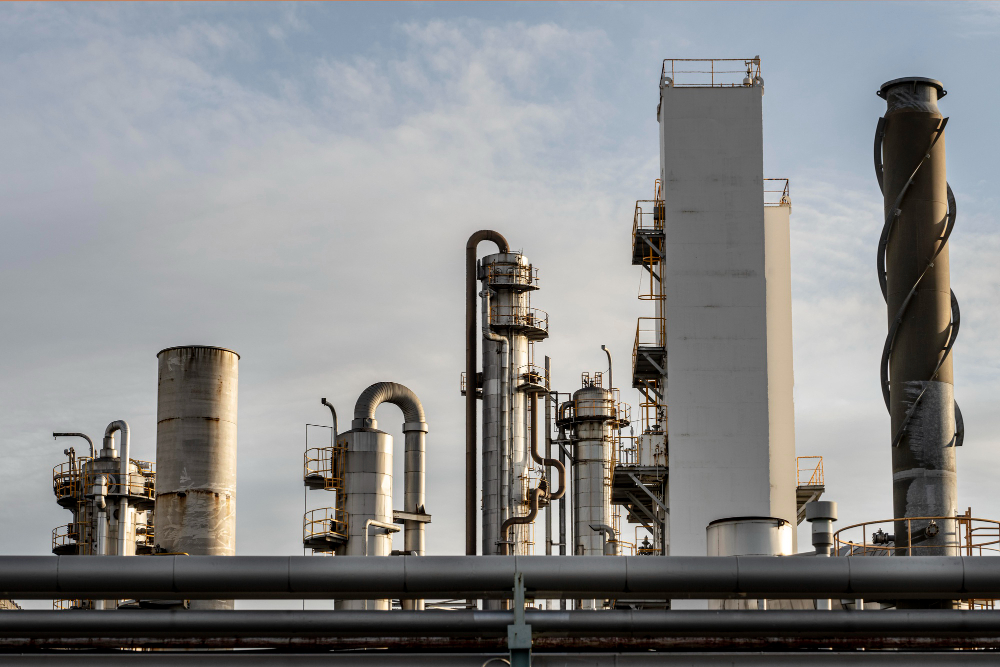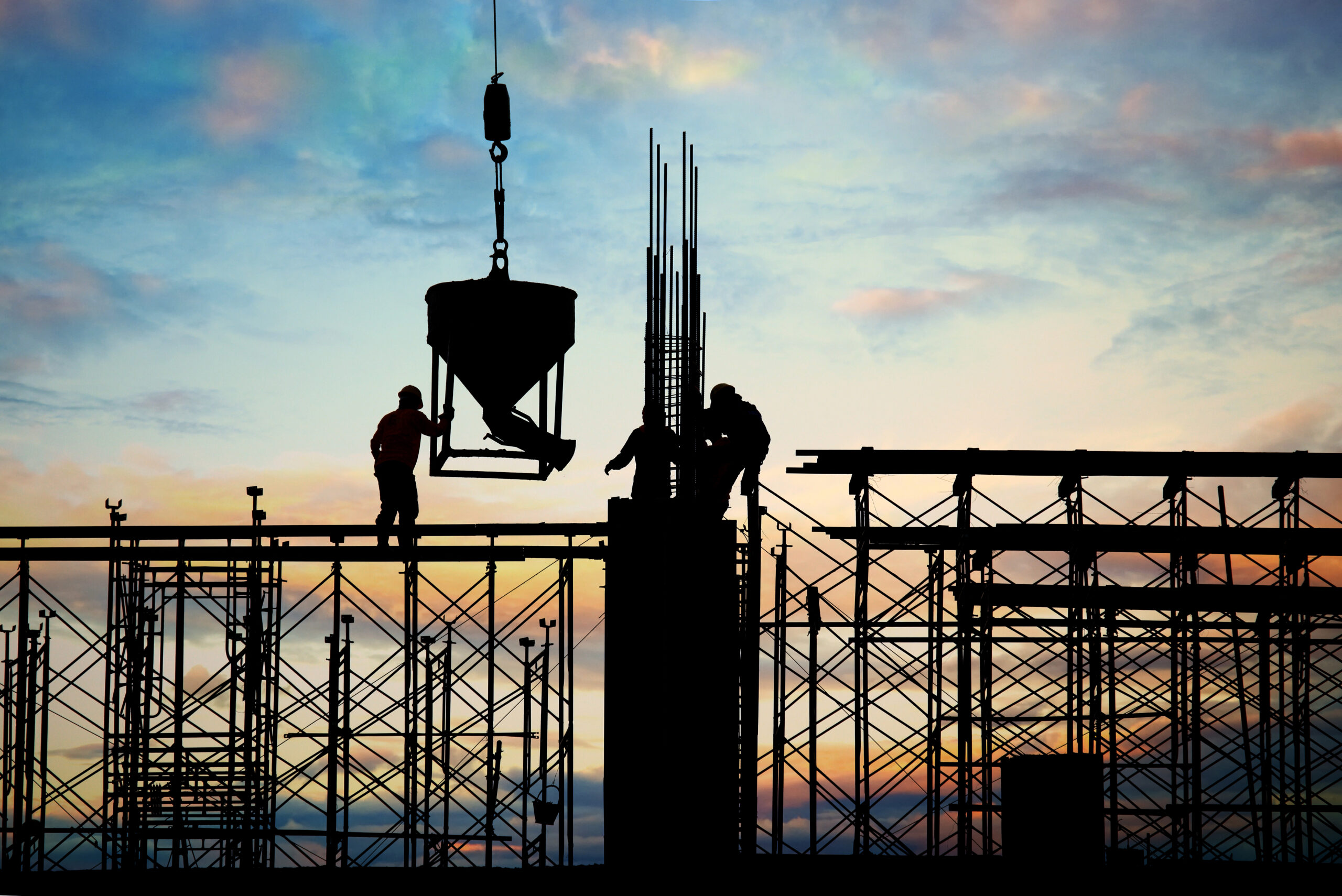Oil and gas pipelines are critical to the infrastructure of energy-producing nations. Ensuring the safety and efficiency of these systems is not just a matter of operational performance—it’s a national priority. At ALHASHEM, we understand that even minor design or construction flaws can lead to costly breakdowns or environmental hazards. That’s why we employ industry-best practices in every phase of pipeline development.
The Importance of Safe Pipeline Infrastructure
Pipeline networks transport billions of barrels of crude oil and natural gas annually across the Middle East. A well-designed pipeline system can significantly reduce energy transmission costs and environmental impact, while also improving energy security.
Unsafe or poorly maintained pipelines can lead to:
- Environmental disasters from leaks or spills
- Explosions and fire hazards
- Disruptions to national energy supply
- Reputational and legal consequences for stakeholders
ALHASHEM’s Approach to Safe, Efficient Pipeline Construction
We follow a meticulous process to ensure pipeline systems are designed, installed, and maintained to the highest standards.
1. Route Planning and Risk Assessment
- Selection of stable, geologically sound corridors
- Avoidance of populated or ecologically sensitive zones
- Risk modeling for corrosion, seismic activity, and sabotage
2. Material and Coating Selection
- Use of high-grade carbon steel or corrosion-resistant alloys
- Internal and external coatings (epoxy, FBE, polyurethane)
- Cathodic protection for long-term corrosion prevention
3. Welding and Jointing Techniques
- Certified welders and automated welding systems
- Non-destructive testing (NDT) for joint integrity
- X-ray and ultrasonic weld inspections
4. SCADA and Monitoring Systems
- Real-time flow, pressure, and leak detection sensors
- Remote shutdown and control via SCADA
- Integration with emergency response systems
Design Standards and Compliance
All ALHASHEM pipeline projects conform to international codes:
- API 5L, ASME B31.4 and B31.8
- ISO 3183 for pipeline transportation systems
- NACE standards for anti-corrosion practices
Construction Safety Best Practices
- Permit-to-work and confined space entry control
- Mechanical excavation with soft-dig near sensitive areas
- PPE enforcement and daily safety briefings
- Emergency response plans for every site
Pipeline Efficiency Enhancements
Efficient pipeline systems are essential for cost control and uninterrupted flow. We optimize:
- Pumping station placement for minimal pressure loss
- Pigging systems for internal cleaning and inspection
- Flow measurement accuracy with ultrasonic meters
Case Study: Gas Pipeline Project
ALHASHEM constructed a 65-km gas pipeline in a high-risk region. Despite political instability and extreme summer conditions, we ensured zero accidents and on-time delivery by:
- Prefabricating sections for faster deployment
- Using mobile welding shelters for weather control
- Coordinating 24/7 surveillance and SCADA connectivity
Training and Maintenance Programs
We provide client-side training in:
- Emergency response and leak containment
- Inspection routines and pigging procedures
- SCADA system interpretation and troubleshooting
Our long-term O&M contracts help extend the lifecycle of the pipeline while ensuring compliance with local regulations.
Sustainability and Environmental Impact Control
- EIA studies prior to project approval
- Spill containment zones and trenching safeguards
- Post-construction land rehabilitation
Future of Pipeline Technology
- Smart pigging tools with 3D defect detection
- AI-driven predictive maintenance
- Drone surveillance for route inspection
Pipeline safety and efficiency are fundamental to the success of the oil and gas industry. At ALHASHEM, our commitment to engineering excellence, compliance, and innovation ensures we build systems that last protecting people, assets, and the environment.




